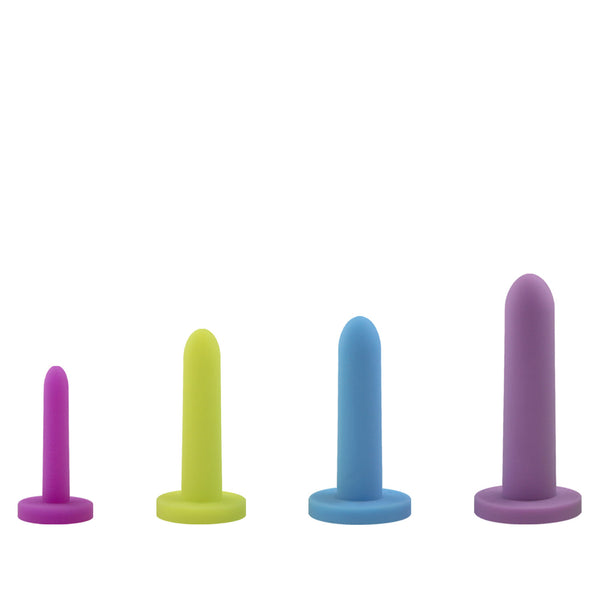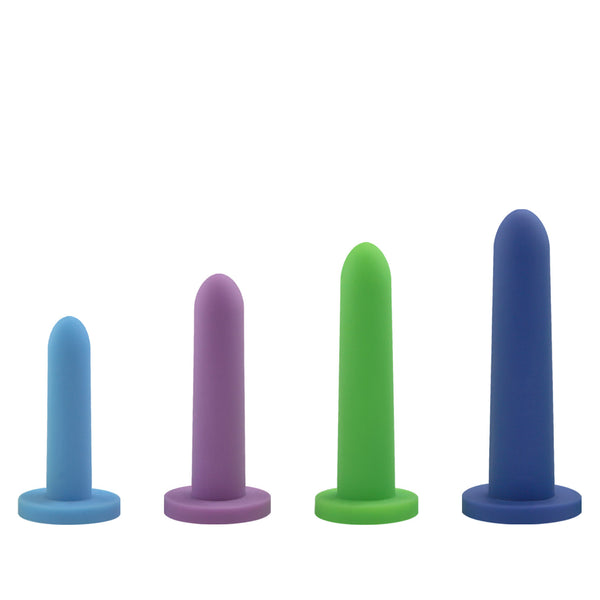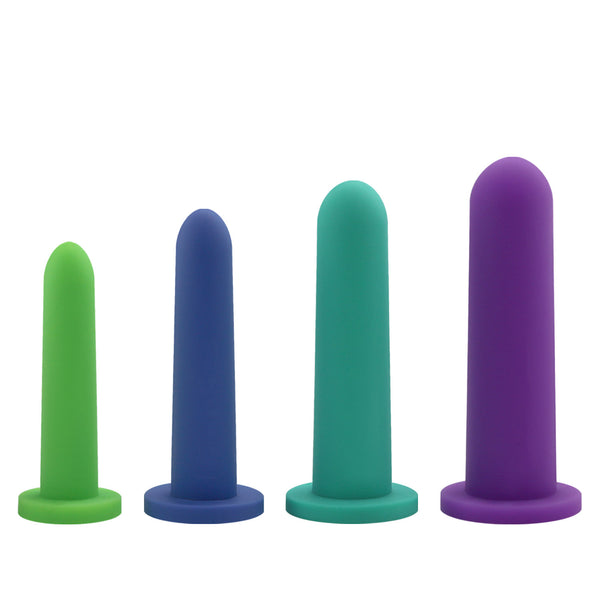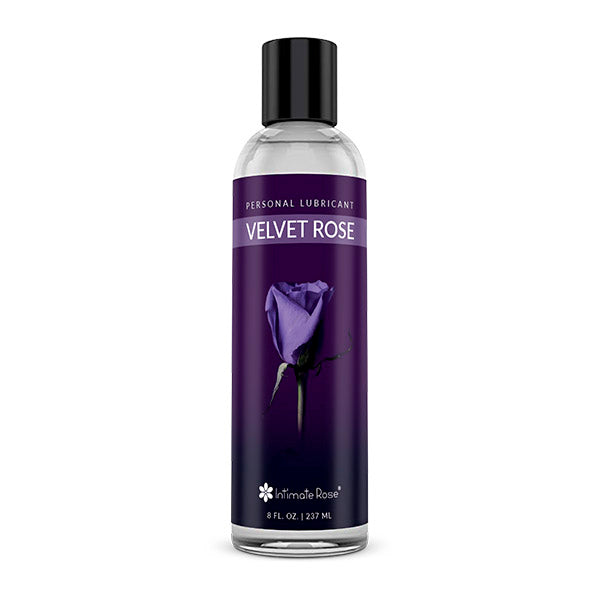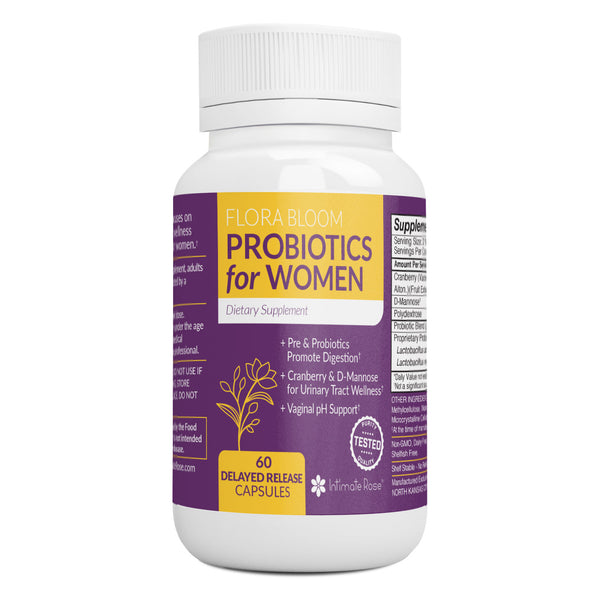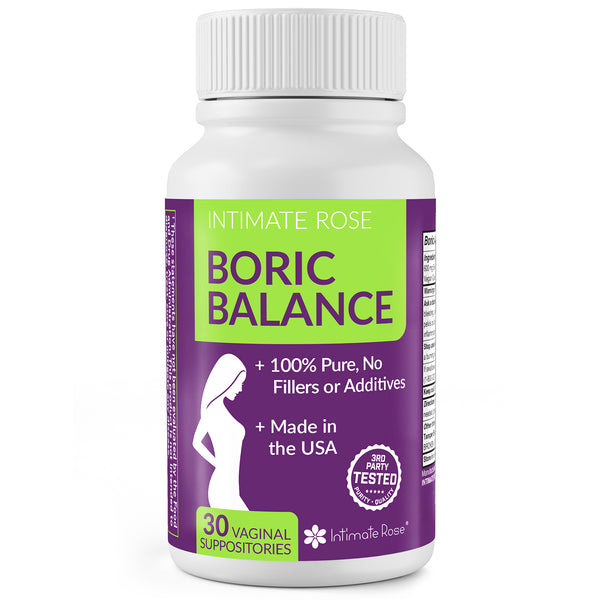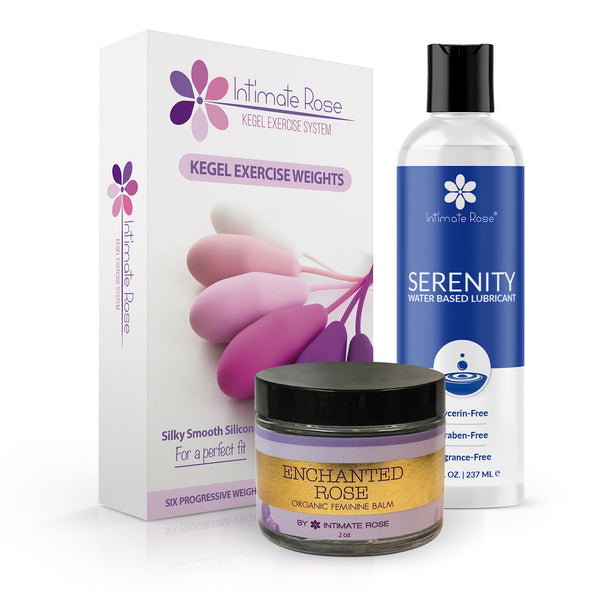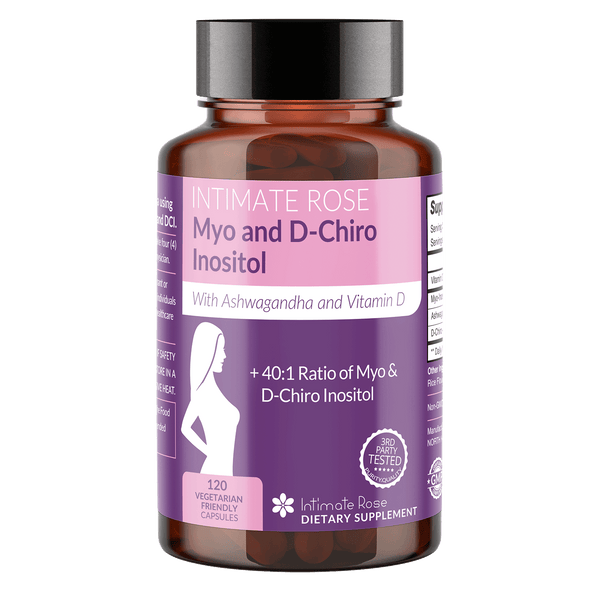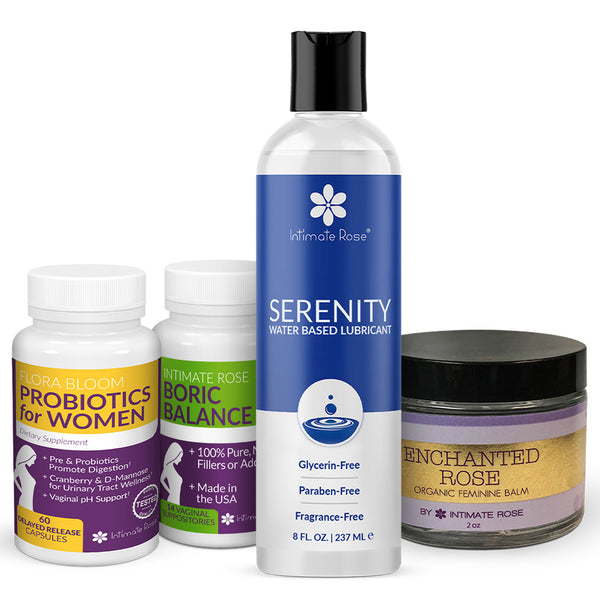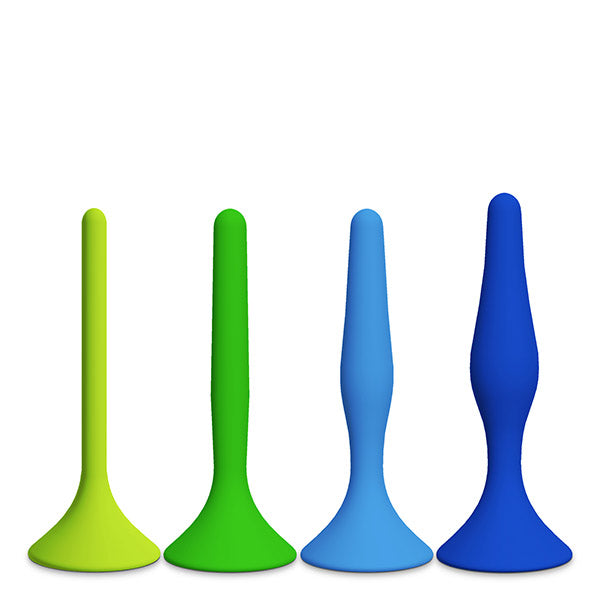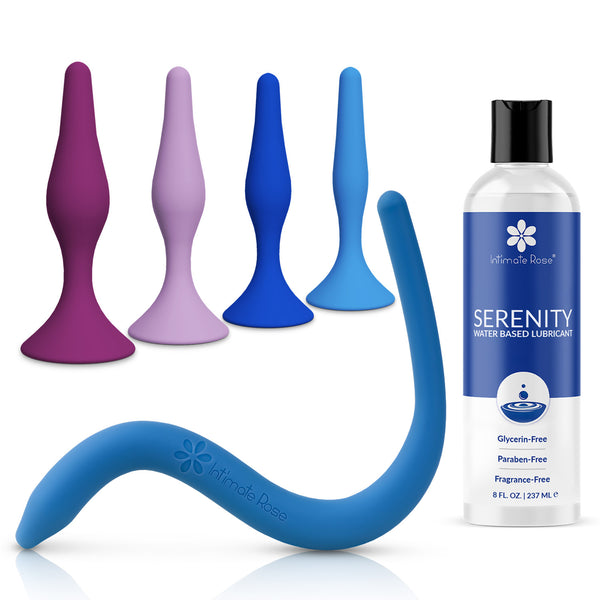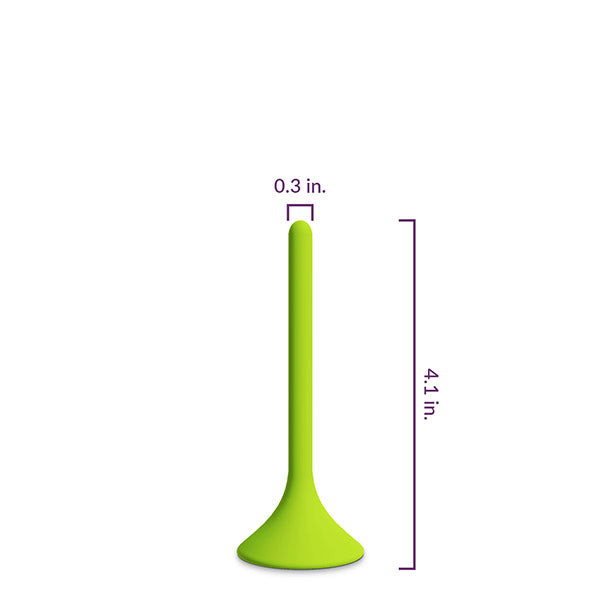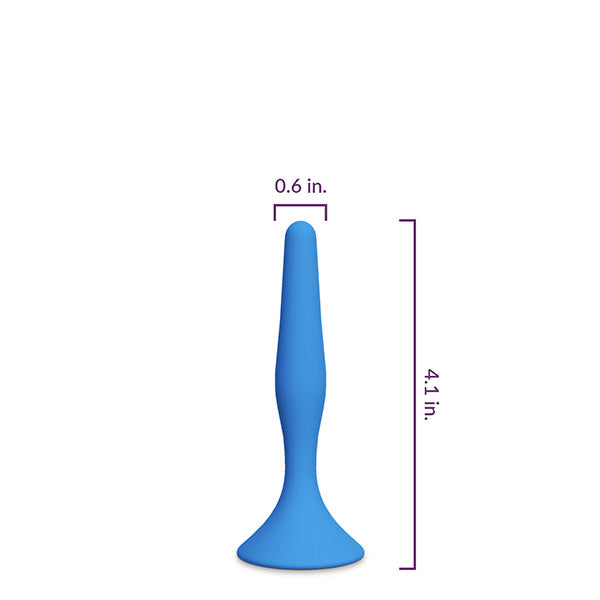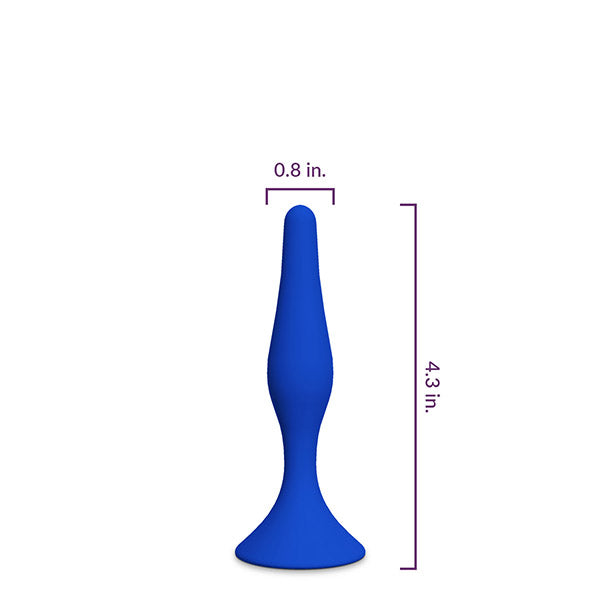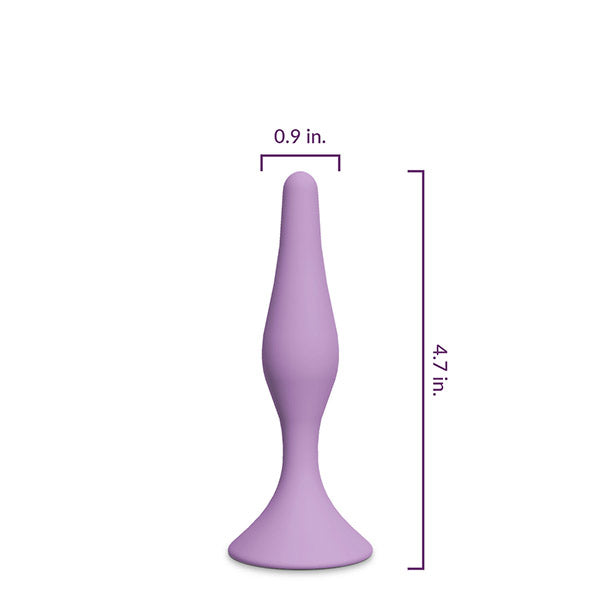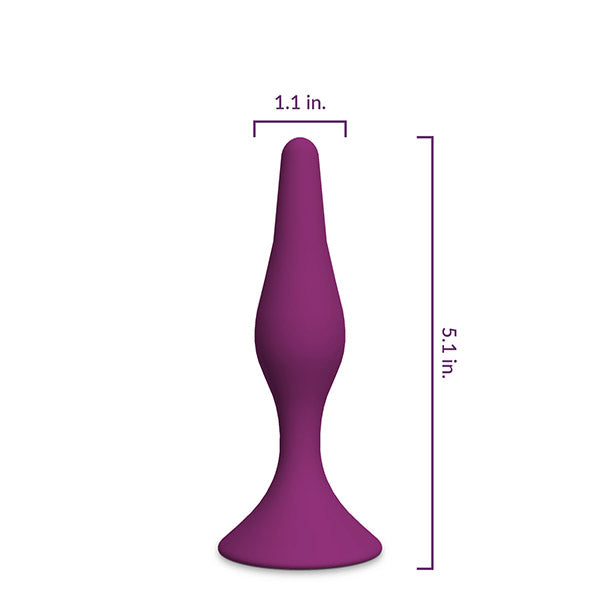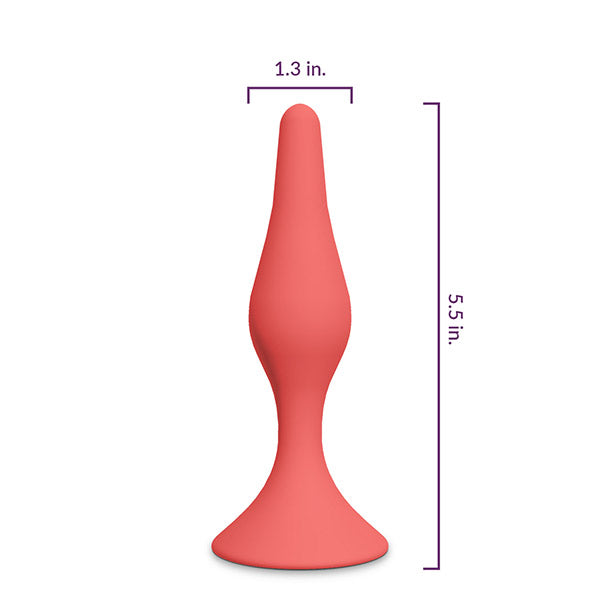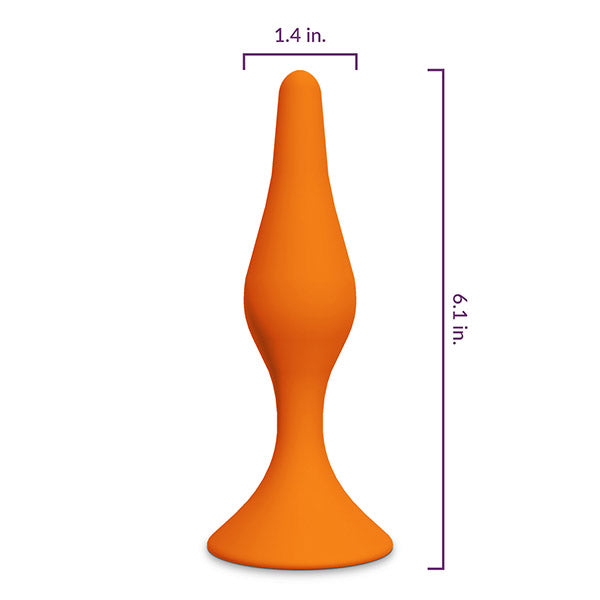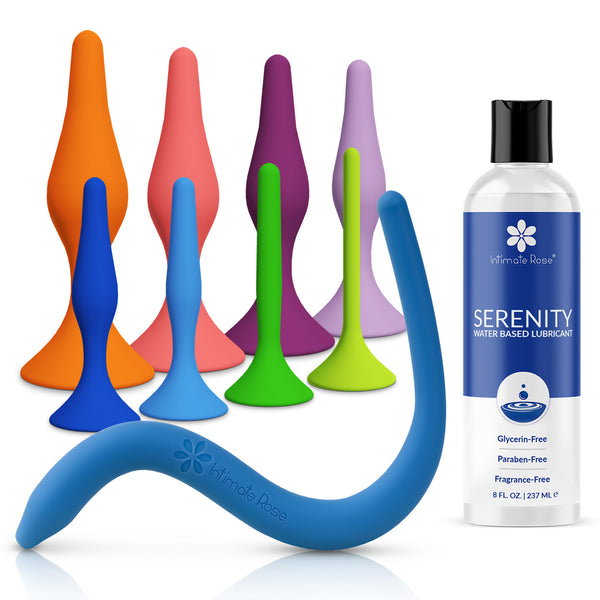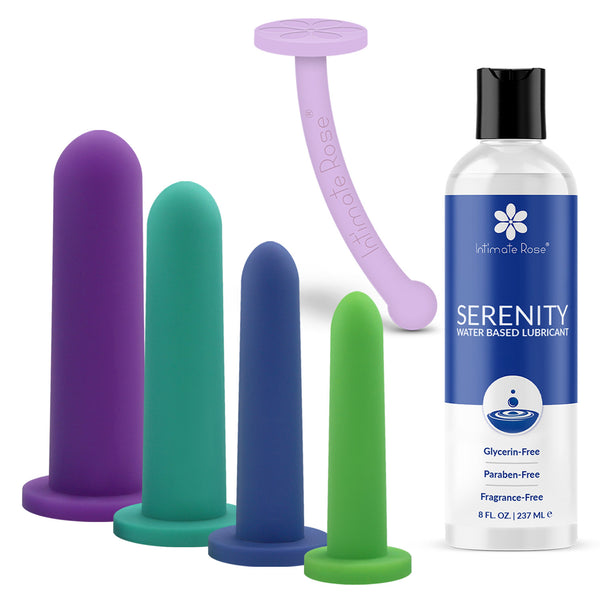Understanding how your menstrual cycle works can not only help you to get pregnant but also enable you to comprehend your body and the changes it goes through from puberty to menopause.
Driven by a complex series of hormones and events, the female monthly cycle prepares the body for pregnancy, signals the right time to release an egg, and begins the process all over again when the egg is not fertilized.
For more insight into how your menstrual cycle works and how understanding it can help you manage and improve your life, it's best to start by understanding the different parts of the female reproductive system.
The Vital Parts of the Female Reproductive System
The uterus, located between the bladder and the rectum, is a muscular organ that holds a baby as it grows from an embryo. Normally the size of a small apple, the uterus will expand almost five times in size by the end of pregnancy.
The endometrium is the lining of the uterus and its role is to thicken each month to the point that it is ready to support and nurture a fertilized egg.
Each woman has two ovaries, which reside on either side of the uterus and are responsible for storing eggs.
Women also have two fallopian tubes, which connect on either side of the uterus to each ovary. The role of the fallopian tubes is to transport the released egg from the ovary to the uterus where the egg waits to be fertilized by sperm.
The cervix is the opening where the uterus connects with the vagina.
The vagina is the canal that connects the uterus to outside world.
How Long Is the Menstrual Cycle?
Menstrual cycles can vary, depending on the woman, however, anywhere from 23 to 32 days is considered normal. Some women experience regular menstrual cycles every 28 days, while other women’s cycles can vary in length from month to month.
The main reason for the difference in the number of days in a cycle usually lies in the length of the follicular phase and we’ll go into that in more detail below.
Each Phase of the Menstrual Cycle Explained
The menstrual cycle has four phases – menstruation, the follicular phase, ovulation, and the luteal phase. The menstrual cycle begins on the first day of menstruation and typically moves through the four phases in 28 days (based on a regular cycle).
Day 1-5: Menstruation (Period)
The first day of the menstrual cycle is considered the first day of your period. For women in the reproductive phase of life, a period typically lasts anywhere from 3-7 days. If menstruation does not occur for a prolonged time, women under the age of 45 should schedule an appointment with their healthcare practitioner for a check-up.
Day 1-13: Follicular Phase
The first day of menstruation is also considered the first day of the follicular phase, when your body is preparing to release an egg and, at the same time, readying the uterus to nourish the egg. This is largely done with the help of hormones.
Follicle-stimulating hormone (FSH), for example, signals the eggs in the ovaries to ripen and prepare for release. FSH also stimulates the production of estrogen from the ovaries, which in turn causes the endometrium to thicken in preparation for pregnancy.
Estrogen also aids in producing a more slippery vaginal mucus to help sperm slide through the cervix and into the uterus, where the egg is waiting to be fertilized.
Approximately 15-20 eggs will begin to ripen within individual sacs called follicles, but only the superior follicle in each cycle will release an egg. (Interesting fact, when two equally dominant follicles both release an egg each, the outcome is fraternal twins.)
This process of preparation known as the follicular phase usually takes 13 days, however, for some women it is longer and for others, it is shorter. This is usually the reason why women’s cycles vary in length.
Day 14: Ovulation
In a 28-day cycle, the egg is typically released from the ovary on day 14. Referred to as ovulation, this phase of the menstrual cycle once again comes down to a series of hormonal events. A surge in estrogen causes the luteinizing hormone (LH) to increase, for instance, causing the superior follicle to collapse and release the mature egg, usually within 36 hours.
Once the mature egg is released it enters the fallopian tubes where it survives for 12-24 hours while waiting to be fertilized by a sperm cell. Interestingly, sperm can survive for as long as five days in the fallopian tubes, so sperm entering the female body a few days on either side of ovulation can result in pregnancy.
This is why couples seeking to conceive are advised to have sex every second day around the expected ovulation date, to ensure that sperm cells are already present in the fallopian tubes when the mature egg is released.
Day 15-28: Luteal Phase
As soon as ovulation occurs, the luteal phase begins, which is the time when your body prepares for either pregnancy or menstruation. For a typically regular cycle, this happens on day 15, however, if you menstruate irregularly, you can buy an ovulation kit to pinpoint your exact date.
Levels of FSH and LH will decrease once the time for conception has passed, and progesterone increases to thicken the uterus lining and prepare it to receive a fertilized egg. The increase in progesterone is also responsible for the stickier vaginal discharge in this stage of the menstrual cycle.
A fertilized egg will pass through the fallopian tube to the uterus and typically adheres to the thickened uterine lining within one week. It is at this point that a woman is deemed pregnant.
Alternatively, an unfertilized egg begins to disintegrate as it passes through the fallopian tube and into the uterus. Progesterone and estrogen levels drop during this stage, which sequentially causes the uterine lining to break down too.
In addition, chemicals known as prostaglandins are produced within the fragmenting uterus lining, resulting in muscle contractions, which are otherwise known as menstrual cramps. Shortly afterward, the blood vessels of the uterine lining fall apart and it flows out of the vagina as your period.
The menstrual cycle then begins all over again and will continue to do so until menopause, or when it intermittently stops during pregnancy.
Conclusion
Although a regular menstrual cycle usually lasts for 28 days, it is perfectly normal for women’s cycles to differ. What is important is that each woman is familiar with her unique cycle, understands how to conceive or avoid becoming pregnant, and knows when to speak with a healthcare provider about any obvious changes.
American Journal of Obstetricians and Gynaecology - Menstruation: Science and Society - https://www.ajog.org/article/S0002-9378(20)30619-0/fulltext
Mayo Clinic - Menstrual Cycle – What’s Normal, What’s Not -https://www.mayoclinic.org/healthy-lifestyle/womens-health/in-depth/menstrual-cycle/art-20047186
Intermountain Healthcare - Ovulation Made Simple - https://intermountainhealthcare.org/blogs/topics/intermountain-moms/2014/02/ovulation-made-simple-a-four-phase-review/
National Center for Biotechnology Information - Progesterone & The Luteal Phase - https://www.ncbi.nlm.nih.gov/pmc/articles/PMC4436586/
The Ultimate Vaginal Bundle

Understanding how your menstrual cycle works can not only help you to get pregnant but also enable you to comprehend your body and the changes it goes through from puberty to menopause.
Driven by a complex series of hormones and events, the female monthly cycle prepares the body for pregnancy, signals the right time to release an egg, and begins the process all over again when the egg is not fertilized.
For more insight into how your menstrual cycle works and how understanding it can help you manage and improve your life, it's best to start by understanding the different parts of the female reproductive system.
The Vital Parts of the Female Reproductive System
The uterus, located between the bladder and the rectum, is a muscular organ that holds a baby as it grows from an embryo. Normally the size of a small apple, the uterus will expand almost five times in size by the end of pregnancy.
The endometrium is the lining of the uterus and its role is to thicken each month to the point that it is ready to support and nurture a fertilized egg.
Each woman has two ovaries, which reside on either side of the uterus and are responsible for storing eggs.
Women also have two fallopian tubes, which connect on either side of the uterus to each ovary. The role of the fallopian tubes is to transport the released egg from the ovary to the uterus where the egg waits to be fertilized by sperm.
The cervix is the opening where the uterus connects with the vagina.
The vagina is the canal that connects the uterus to outside world.
How Long Is the Menstrual Cycle?
Menstrual cycles can vary, depending on the woman, however, anywhere from 23 to 32 days is considered normal. Some women experience regular menstrual cycles every 28 days, while other women’s cycles can vary in length from month to month.
The main reason for the difference in the number of days in a cycle usually lies in the length of the follicular phase and we’ll go into that in more detail below.
Each Phase of the Menstrual Cycle Explained
The menstrual cycle has four phases – menstruation, the follicular phase, ovulation, and the luteal phase. The menstrual cycle begins on the first day of menstruation and typically moves through the four phases in 28 days (based on a regular cycle).
Day 1-5: Menstruation (Period)
The first day of the menstrual cycle is considered the first day of your period. For women in the reproductive phase of life, a period typically lasts anywhere from 3-7 days. If menstruation does not occur for a prolonged time, women under the age of 45 should schedule an appointment with their healthcare practitioner for a check-up.
Day 1-13: Follicular Phase
The first day of menstruation is also considered the first day of the follicular phase, when your body is preparing to release an egg and, at the same time, readying the uterus to nourish the egg. This is largely done with the help of hormones.
Follicle-stimulating hormone (FSH), for example, signals the eggs in the ovaries to ripen and prepare for release. FSH also stimulates the production of estrogen from the ovaries, which in turn causes the endometrium to thicken in preparation for pregnancy.
Estrogen also aids in producing a more slippery vaginal mucus to help sperm slide through the cervix and into the uterus, where the egg is waiting to be fertilized.
Approximately 15-20 eggs will begin to ripen within individual sacs called follicles, but only the superior follicle in each cycle will release an egg. (Interesting fact, when two equally dominant follicles both release an egg each, the outcome is fraternal twins.)
This process of preparation known as the follicular phase usually takes 13 days, however, for some women it is longer and for others, it is shorter. This is usually the reason why women’s cycles vary in length.
Day 14: Ovulation
In a 28-day cycle, the egg is typically released from the ovary on day 14. Referred to as ovulation, this phase of the menstrual cycle once again comes down to a series of hormonal events. A surge in estrogen causes the luteinizing hormone (LH) to increase, for instance, causing the superior follicle to collapse and release the mature egg, usually within 36 hours.
Once the mature egg is released it enters the fallopian tubes where it survives for 12-24 hours while waiting to be fertilized by a sperm cell. Interestingly, sperm can survive for as long as five days in the fallopian tubes, so sperm entering the female body a few days on either side of ovulation can result in pregnancy.
This is why couples seeking to conceive are advised to have sex every second day around the expected ovulation date, to ensure that sperm cells are already present in the fallopian tubes when the mature egg is released.
Day 15-28: Luteal Phase
As soon as ovulation occurs, the luteal phase begins, which is the time when your body prepares for either pregnancy or menstruation. For a typically regular cycle, this happens on day 15, however, if you menstruate irregularly, you can buy an ovulation kit to pinpoint your exact date.
Levels of FSH and LH will decrease once the time for conception has passed, and progesterone increases to thicken the uterus lining and prepare it to receive a fertilized egg. The increase in progesterone is also responsible for the stickier vaginal discharge in this stage of the menstrual cycle.
A fertilized egg will pass through the fallopian tube to the uterus and typically adheres to the thickened uterine lining within one week. It is at this point that a woman is deemed pregnant.
Alternatively, an unfertilized egg begins to disintegrate as it passes through the fallopian tube and into the uterus. Progesterone and estrogen levels drop during this stage, which sequentially causes the uterine lining to break down too.
In addition, chemicals known as prostaglandins are produced within the fragmenting uterus lining, resulting in muscle contractions, which are otherwise known as menstrual cramps. Shortly afterward, the blood vessels of the uterine lining fall apart and it flows out of the vagina as your period.
The menstrual cycle then begins all over again and will continue to do so until menopause, or when it intermittently stops during pregnancy.
Conclusion
Although a regular menstrual cycle usually lasts for 28 days, it is perfectly normal for women’s cycles to differ. What is important is that each woman is familiar with her unique cycle, understands how to conceive or avoid becoming pregnant, and knows when to speak with a healthcare provider about any obvious changes.
American Journal of Obstetricians and Gynaecology - Menstruation: Science and Society - https://www.ajog.org/article/S0002-9378(20)30619-0/fulltext
Mayo Clinic - Menstrual Cycle – What’s Normal, What’s Not -https://www.mayoclinic.org/healthy-lifestyle/womens-health/in-depth/menstrual-cycle/art-20047186
Intermountain Healthcare - Ovulation Made Simple - https://intermountainhealthcare.org/blogs/topics/intermountain-moms/2014/02/ovulation-made-simple-a-four-phase-review/
National Center for Biotechnology Information - Progesterone & The Luteal Phase - https://www.ncbi.nlm.nih.gov/pmc/articles/PMC4436586/

Things Off Down There?






